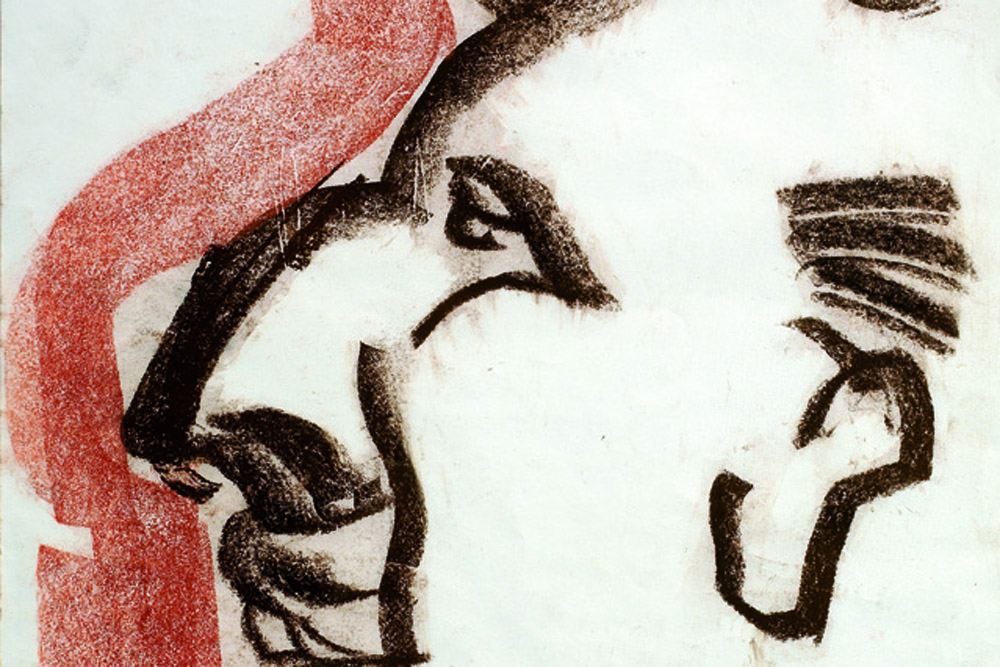Professor of the History of Medieval and Modern Art in Bologna since 1934, Roberto Longhi held a course on the Facts of Masolino and Masaccio in 1940-41: seventeen-year-old Pasolini, “who looked at least three years younger”, sat in the small classroom. The projections of the plates (the ancestors of the later slides) accompanied by Longhi’s explanations reveal to the young Pasolini the possibility of dynamically contrasting “forms” with each other. It is the “figurative fulguration” that will dictate his literary and cinematographic research without interruption throughout his career. Moved by the profound esteem in which he was held during these lessons, Pasolini decided, encouraged by Francesco Arcangeli, to ask Longhi for his thesis (August 1942). The two letters reproduced here bear witness to the young man’s proposals and to Longhi’s orientation towards contemporary art. As is well known, Pasolini lost the chapters of his thesis in the convulsive days of the armistice of 8 September 1943, having to fall back on a thesis dedicated to Giovanni Pascoli, which was not discussed with Professor Carlo Calcaterra until 1945. From 1951, publishing in Paragone. Letteratura Il Ferobedò, later merged in Ragazzi di vita (1959), Pasolini began an intense collaboration with the magazine and forged a relationship of friendship and great mutual admiration with Longhi and his wife Anna Banti, who was responsible for the literature issues, which came out alternately with those on artistic subjects. Pasolini’s acknowledgement of his mentor would only become clear after the critic’s death (1970) and would take on the dimensions of an extensive figurative homage: a series of at least 16 large portraits, made from the photograph reproduced in the Meridiano boxed set dedicated to the critic and edited by Gianfranco Contini in 1974. In November of the same year Pasolini turned the photograph into a mirror immage, “assimilated into the obligatory direction of the ego” wrote Contini, and began a first series of five drawings. Only in October 1975 would the series be enriched by at least another 12 drawings, made in the house he had built in the tower of Chia, near Viterbo, and carried out in a sort of performance documented by the photographs of Dino Pedriali, who was called upon to become, with his own shots, an integral part of the work.





